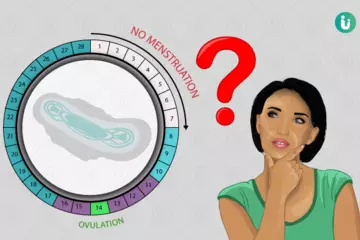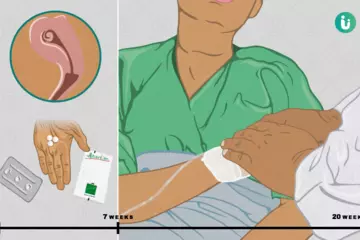What are skin disorders and diseases?
The skin is a protective and the largest organ in the human body. Any substance that irritates the skin leads to swelling, itching, burning and redness of the skin which affects the appearance of the skin. The changes in the skin could also be due to a disease or infection. Skin disorders range from increased/decreased skin pigment, sensations, scaling, to the presence of blisters, nodules, rashes.
What are its main signs and symptoms?
The main signs and symptoms of skin disorders are:
- Ulcers
- Open wounds
- Dry skin
- Pus formation
- Changes in the colour of the skin
- Breakouts
- Itchy or painful rashes
- Spots
- Raised welts
- Crusty skin
- Faded spots on the skin
- Redness
- Fluid-filled blisters
- Open sores
- Wrinkles
- Lumps
- Rashes
- Tenderness
- Swelling
What are the main causes?
The main causes of skin diseases and disorders are:
- Allergies to medications, food, pollen or insect bites
- Age
- Pregnancy
- Skin cancer
- Thyroid, liver or kidney diseases
- Weak immunity
- Poor skin hygiene
- Genetic factors
- Side effects of medications
- Skin-irritant chemicals
- Burns
- Photosensitivity
- Warts
- Diabetes
- Virus, fungus or bacteria
- Autoimmune conditions, for example, lupus
How is it diagnosed and treated?
Apart from a thorough physical examination, and detailed history taking, skin diseases and disorders are diagnosed using the following methods:
- Patch test – to detect the presence of infections and reactions to any substance
- Culture test – to identify the presence of fungus, bacteria or virus that is causing the disease
- Biopsy to look for cancer tissue or a benign tumour in the skin
Treatments for skin disorders are based on the underlying cause. The following medications are commonly used to treat skin disorders:
- Topical corticosteroids
- Topical antibiotic creams and ointments
- Oral steroids and antibiotics
- Ultraviolet (UV)-A1
- Narrowband UV-B light
- Anti-histamines
- Creams and ointments
- Antifungal sprays
- Excimer laser therapy
- Over-the-counter skincare products
- Targeted prescription medications
- Certain home remedies, like honey
- Blue light photodynamic therapy
- Acupuncture
- Psoralen and UV light A (PUVA)
- Surgery
- Steroid or vitamin injections
- Medicated makeup.

 Doctors for Skin Disorders and Diseases
Doctors for Skin Disorders and Diseases  OTC Medicines for Skin Disorders and Diseases
OTC Medicines for Skin Disorders and Diseases
 Lab tests for Skin Disorders and Diseases
Lab tests for Skin Disorders and Diseases Skin Disorders and Diseases articles
Skin Disorders and Diseases articles







 Editorial Team
Editorial Team












